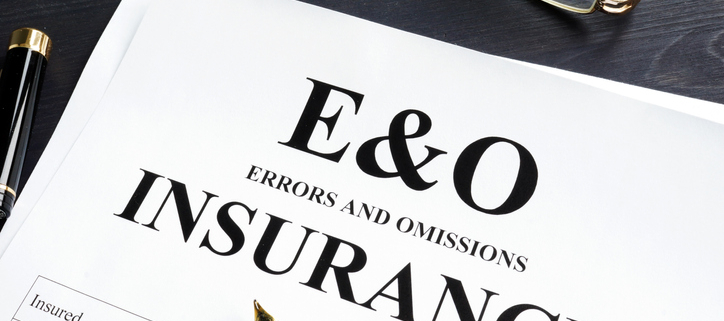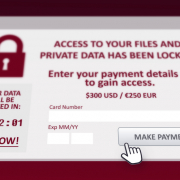Disaster Recovery Planning Step 12 – Insurance, Finance & Legal Info
Introduction
OK… disaster strikes, and you’ve invoked your Backup/Disaster Recovery Plan (BDR). This is what you’ve been planning for and things seem to be humming along. You haven’t missed a beat because you installed a Hybrid-cloud Business Continuity Solution making sure that your entire company has access to the data they need. You communicated to employees and key clients; everyone knows what vendors to call and when. Great!
Now, it’s administration’s turn!
Your BDR plan should contain the information necessary for management to start the Insurance, financial and if necessary, legal portion of the recovery.
This is very important because, depending on the disaster, you need to make sure that insurance claims are timely filed, you’re able to meet payroll.
Don’t leave it to chance. Have this information either directly documented in the BDR plan or the BDR should reference where the data can be found. Here are the sections you need—at a minimum:
- Insurance
- Company/Broker
- Telephone Number
- Address
- Policy Number(s)
- Type of Policy
- What is covered (in general)
- Location of Documents (originals and/or copies)
- Financial
Institutions
- Name of Institution
- Type (Bank, Finance Company, Mutual Fund, etc.)
- Address
- Account Number(s)
- Contact’s Name
- Contact’s Phone Number
- Location of Documents (originals and/or copies)
- Accounting
- Company Name
- Area of Expertise
- Address
- Customer & Contract Number
- Contact’s Name
- Contact’s Phone Number
- Location of Documents (originals and/or copies)
- Legal
Team
- Company Name
- Area of Expertise
- Address
- Customer & Contract Number
- Contact’s Name
- Contact’s Phone Number
- Location of Documents (originals and/or copies)
Every company is different. The above information is a guide. Please add to it as needed.
Conclusion
The time to start looking for this information is not when a disaster strikes. As managers, it is our responsibility to keep the company going administratively, financially and legally. This area of the recovery can get bogged down very quickly—so get started as soon as possible after disaster strikes.
You don’t want your company to come out of the disaster unscathed in terms of IT systems and data access but fail because funds weren’t available from your bank or insurance claims not paid in a timely fashion, etc.
Related posts:
Now Available: A Simple Disaster Recovery Plan Template
Disaster Recovery Planning Step 1 – The Threat Matrix
Disaster Recovery Planning Step 2 – Critical Processes
Disaster Recovery Planning Step 3 – Declaring A Disaster
Disaster Recovery Planning Step 4 – Evacuation Plan
Disaster Recovery Planning Step 5 – The Communication Plan
Disaster Recovery Planning Step 6 – Backup Facilities
Disaster Recovery Planning Step 7 – Emergency & Vendor Information
Disaster Recovery Planning Step 8 – Employee Contact Information
Disaster Recovery Planning Step 9 – Vendor List
Disaster Recovery Planning Step 10 – Client Contacts
Disaster Recovery Planning Step 11 – Notification Matrix
XSolutions is an Elite Partner of Datto, the world leader in Hybrid-Cloud Business Continuity solutions whose systems protect 460+ Petabytes of data with over 1400+ employees and 9 offices around the globe. Call (845) 362-9675 and let us introduce you to the ultimate defense against data loss—whatever the cause. Backup & Disaster Recovery | Business Continuity | Data Risk Assessment











